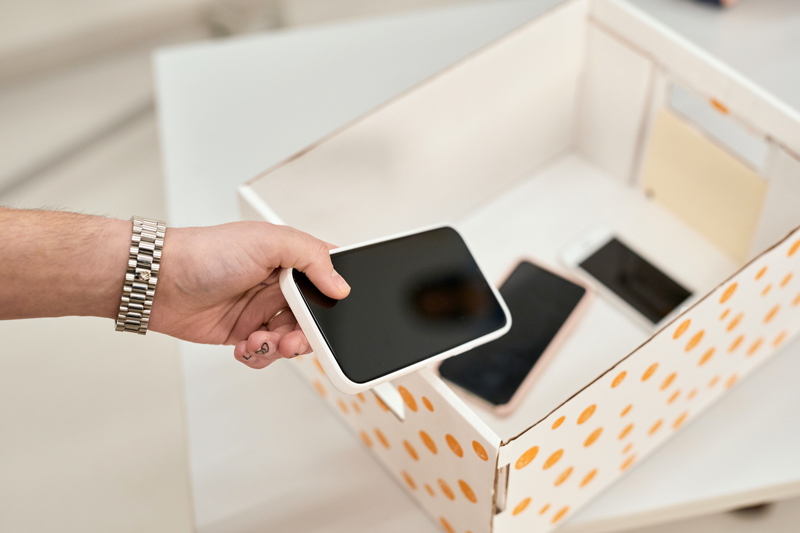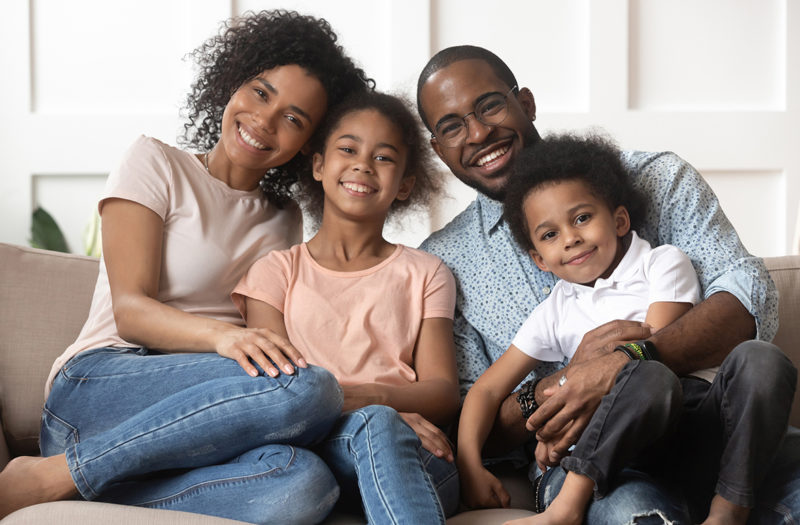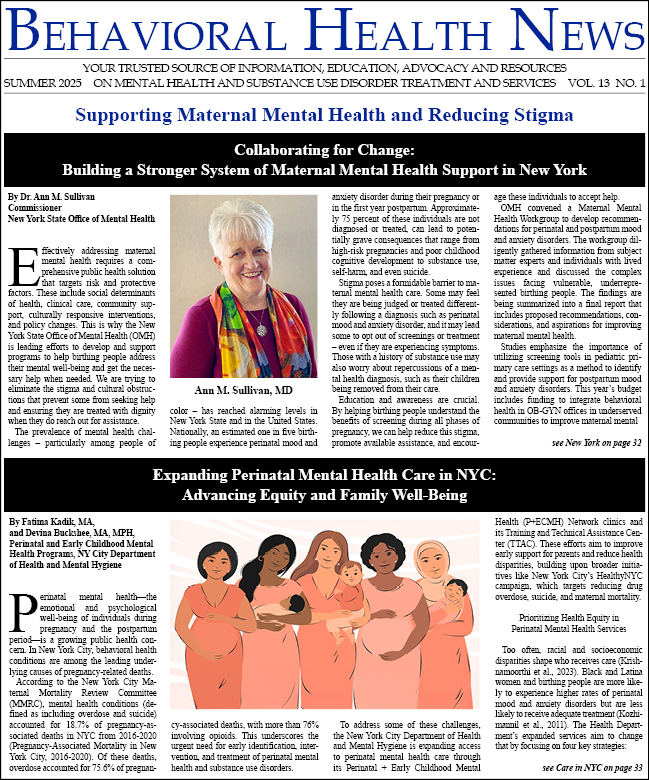I’m not one to mix politics and parenting, but something clicked, or maybe buzzed, when Governor Kathy Hochul recently proposed a statewide classroom cell phone ban.
The proposed “bell-to-bell” ban would make New York the largest state to restrict classroom phone use. According to the Governor, 95% of teens have access to a smartphone and receive more than 250 notifications daily, so teachers simply lose the battle for their students’ attention. The 2026 state budget includes $13.5 million to help schools implement the policy.

But this policy isn’t just for kids.
My daughter starts her mornings filming a makeup tutorial for her group chat. Meanwhile, my son, headset on like Madonna, plays Fortnite with “the neighbor.” I’m old enough to remember that when playing with the neighbor meant physically leaving the house, now our phones are digital umbilical cords. They offer connection, but often at the cost of presence.
Psychologist Jonathan Haidt has been sounding the alarm for years. In The Anxious Generation, he draws a direct line between the explosion of smartphones and social media use and the rise in adolescent mental health challenges, especially among girls. National data backs him up. The CDC (2023) reported that 57% of teen girls felt “persistently sad or hopeless.” The APA (2023) linked excessive social media use to anxiety, poor sleep, and low self-esteem. Pew Research found that more than half of teens admit they spend too much time on their phones, but they cannot stop.
This isn’t just correlation. It’s a crisis.
Thankfully, schools and after-school programs, such as youth peer support programs, are stepping in, offering validation, emotional regulation tools, and strategies for healthier tech boundaries.
And it’s not limited to kids. A 2023 APA report found that for adults, too, excessive screen time is associated with anxiety, sleep disruption, and strained relationships. Our digital overload is a shared struggle. Never mind what all this is doing to our college campuses; another article in itself. Let’s just say it’s not good.
I’ve scrolled through Facebook only to walk away anxious and angry, doomscroll spirals that leave me dysregulated. And it’s not just the distraction, it’s the division. Social media has become an accelerant for polarization. I’ve stared at online arguments, watching people I love tear each other apart over the news cycle, and wondered how we all got so divided… and loud.
For adults with ADHD, including myself, the compulsion to keep scrolling can feel impossible to resist. Facebook, once a place for connection, now often feels unsafe. That’s especially hard when I’m an admin for the largest independent advocacy group in New York State. Watching advocacy collide with politics (not policy) doesn’t help anyone, least of all the loved ones we’re trying to support.
The outrage, the endless commentary, it’s exhausting. If we’re fired up, maybe before hitting post, a kitchen-table coffee conversation is the real power move. How can we ask our kids to unplug if we’re still glued to the feed?
Governor Hochul is drawing a boundary that might be worth expanding. What if caregivers, parents, and behavioral health professionals set their own limits? What if we modeled digital restraint with the same seriousness we ask of our children?
In our home, we keep things simple on the Sabbath. All devices are handed over to my wife/warden before sundown. For 25 hours, we unplug. We talk. We read. We eat without photographing our food. Sure, by Saturday night, we’re all eager to plug back in, but that day of quiet is a gift, not just spiritually but mentally. I’m not suggesting New Yorkers adopt the Sabbath (okay, maybe the Jewish community!). But we do need more intentional pauses, moments where we put the phones down and reconnect with ourselves and each other.
I’m not anti-tech. I’m writing this on a laptop. My son uses a communication device that’s vital for his daily functioning. Social media has connected me to advocates and families, and it’s been a tool for changemakers to mobilize.
But when I catch myself mindlessly scrolling Instagram and getting resentful about how everyone’s kitchen looks like a showroom or watch friends argue online over the latest controversy [yes, RFK Jr., I’m looking at you.] I remember Haidt’s warning: digital life doesn’t just distract us, it divides us. It demands we take sides instead of taking stock.
Governor Hochul’s policy isn’t just a nudge for students; maybe it’s a reminder for all of us.
Simcha Weinstein is a best-selling author, syndicated columnist, and the Community Engagement and Inclusion Coordinator at Families Together in New York State. He is also the founder of the Jewish Autism Network, a grassroots initiative, and serves as the Brooklyn lead for NYADD—the New York Alliance for Developmental Disabilities. Dubbed “New York’s Hippest Rabbi” by PBS, Simcha lives in Brooklyn, New York.
References
American Psychological Association. (2023). Stress in America 2023: The state of our nation. https://www.apa.org/news/press/releases/stress/2023
Centers for Disease Control and Prevention. (2023). Youth Risk Behavior Survey Data Summary & Trends Report: 2011–2021. https://www.cdc.gov/healthyyouth/data/yrbs/pdf/YRBS_Data-Summary-Trends_Report2023_508.pdf
Haidt, J. (2024). The anxious generation: How the great rewiring of childhood is causing an epidemic of mental illness. Penguin Press.
Pew Research Center. (2022). Teens, social media, and technology 2022. https://www.pewresearch.org/internet/2022/08/10/teens-social-media-and-technology-2022/






